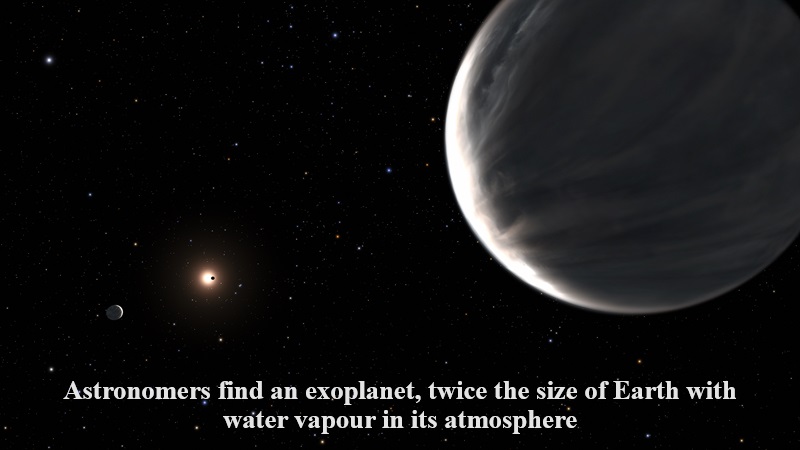
Water, often hailed as the ‘universal solvent’ due to its remarkable dissolving properties, serves as a compelling indicator of potential life or, at the very least, prompts theories about it, regardless of its location in the cosmos. For a civilization like ours actively seeking signs of extraterrestrial life, the mere presence of water or even water vapor in space becomes a significant signal, prompting further exploration. In a recent discovery, astronomers using the Hubble Space Telescope identified an exoplanet, twice the size of Earth, harboring water vapor in its atmosphere. Notably, this discovery was made utilizing the reliable Hubble Space Telescope, despite the current buzz around the James Webb Space Telescope (JWST).
The exoplanet, designated GJ 9827d, is situated 97 light-years away from Earth and orbits a star known as GJ 9827. Its orbital period around the red dwarf star is exceptionally brief, completing one revolution in just 6.2 Earth days. In Earthly terms, this implies that a ‘year’ on GJ 9827d is shorter than a week.
Team member Björn Benneke from the Trottier Institute for Research on Exoplanets at the Université de Montréal emphasized the significance of this discovery, stating, “This would be the first time that we can directly show through an atmospheric detection, that these planets with water-rich atmospheres can actually exist around other stars.” He further highlighted that this discovery marks a crucial step in determining the prevalence and diversity of atmospheres on rocky planets.
While the exoplanet itself was initially identified in 2017, the recent detection of water in its atmosphere adds a new layer to our understanding of distant celestial bodies and expands our knowledge about the potential habitability of rocky planets beyond our solar system.

Post Your Comments